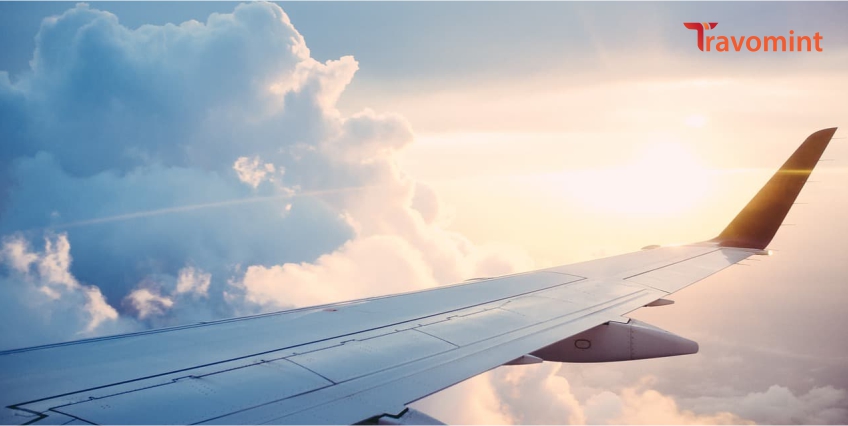- 23 Aug, 2024
Generally, turbulence depends upon the route of the flight, the weather in which you are traveling, and the wind speed. If the wind speed is higher, the flight becomes more unstable in the air, but it can still occur anytime, whether you are traveling on a long-haul route or a short flight. Flying in turbulence is completely safe, and any traveler does not need to panic during the flight. However, travelers need to take certain precautions to avoid multiple serious injuries, and the airline's staff guides instructions. There are different levels of turbulence, such as light, moderate, severe, and extreme.
What flight has the most Turbulence?
Turbulence in most flights is becoming more common, and there are certain destinations where the turbulence rate is high. The rise of Turbulence mostly happens at destinations near mountain ranges, airports near the equator, and the edges of the jet stream. The destination on which the most Turbulence is noted is mentioned below.
- Aichi to Sendai, Japan
- Santiago to Santa Cruz, Bolivia
- Mialn to Zurich, Switzerland
- Osaka to Sendai, Japan
- Ecuador to Indonesia
- Lanzhou to Chengdu, China
- Seoul to Dallas, USA
- Zianyang to Chongqung, China
- Lanzhou to Zianyang, China
What are the causes of Turbulence in flight?
There are several major reasons why Turbulence occurs during a flight, and these are natural reasons that can not be controlled by humans. However, one of the major causes of turbulence is rough air, which does not allow planes to travel smoothly. The Turbulence is mostly felt by passengers who sit in the mid-row seats; the more passengers sit close to the wings, the less they will feel the Turbulence. Still, if any travelers are worried about the reasons for turbulence, they will need to go through the information below.
- Winds shear: Sudden wind speed or direction changes, often near weather fronts or mountains.
- Mountain waves: Wind flowing over mountains creates waves that can lead to Turbulence.
- Jet Stream: Fast-moving rivers of air can cause Turbulence when aircraft fly through or near them.
- Weather system: Tropical cyclones, winter storms, or other large-scale weather systems can create Turbulence.
- Air pockets: Small, localized areas of sinking air that can cause sudden drops.
- Clear Air: Clear air is another type of turbulent air that cannot be seen easily, making it more problematic to tackle.
- Frontal activity: Changes in air pressure and temperature near weather fronts can create Turbulence.
Is it safe to fly in Turbulence?
Yes, it is safe to fly in Turbulence. Aircraft are designed to withstand Turbulence, and the risk of injury or accident is extremely low. The Turbulence can be uncomfortable, but places are built to flex and absorb shocks. Seatbelts and secure seating ensure the safety of the passengers. Additionally, pilots are trained in such a manner to navigate through Turbulence, and aircraft are equipped with technology to detect and mitigate its effects. While Turbulence can be intense, the chances of injury or accident are minimal. According to the FAA, the odds of being injured by turbulence are lower.
How to avoid Turbulence in flight?
Certain instructions follow, following which you can easily skip the turbulence issue, but if you do not have information about it, then go through the below.
- During Turbulence, you need to fasten your seatbelt
- Avoid such routes on which the chances of Turbulence are the highest.
- Be patient and do breathing exercises
- Select the best season and flight to travel
The above information lets you know which flight has the most Turbulence. Still, if you have any questions or if you are looking for more information, you can also communicate with the airline representatives; the airline executives share all the information, and they will provide you with all the information regarding turbulence.










